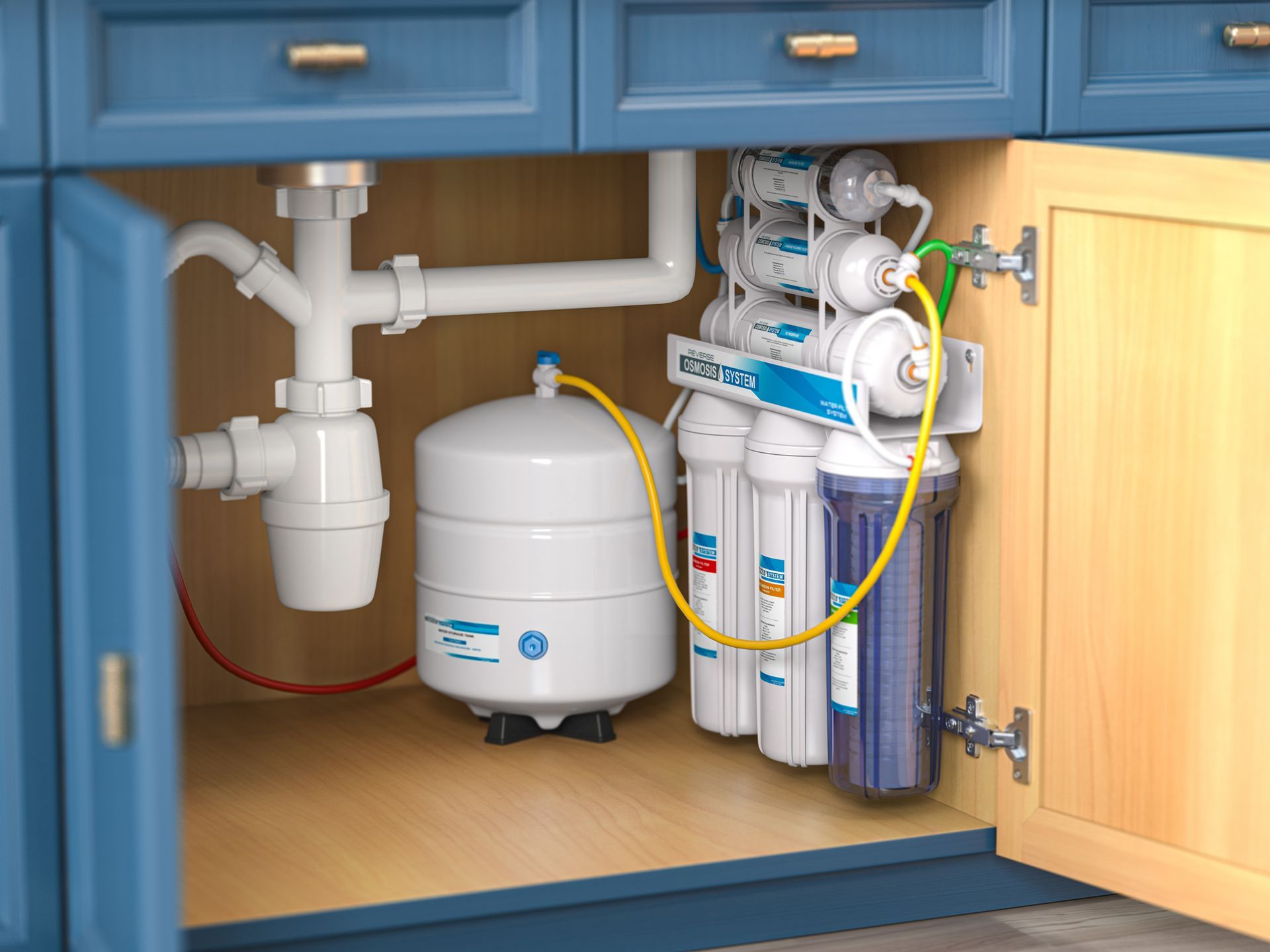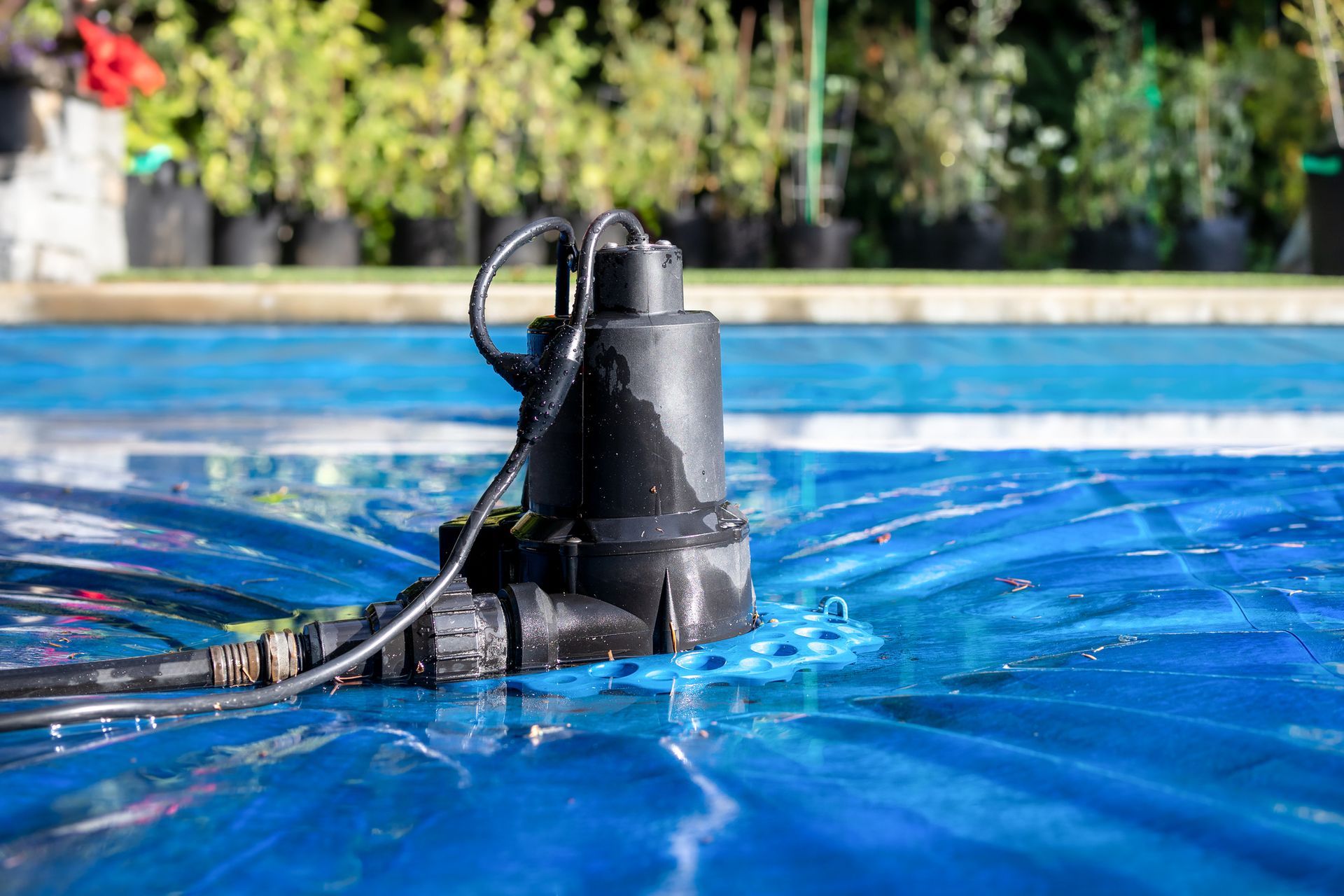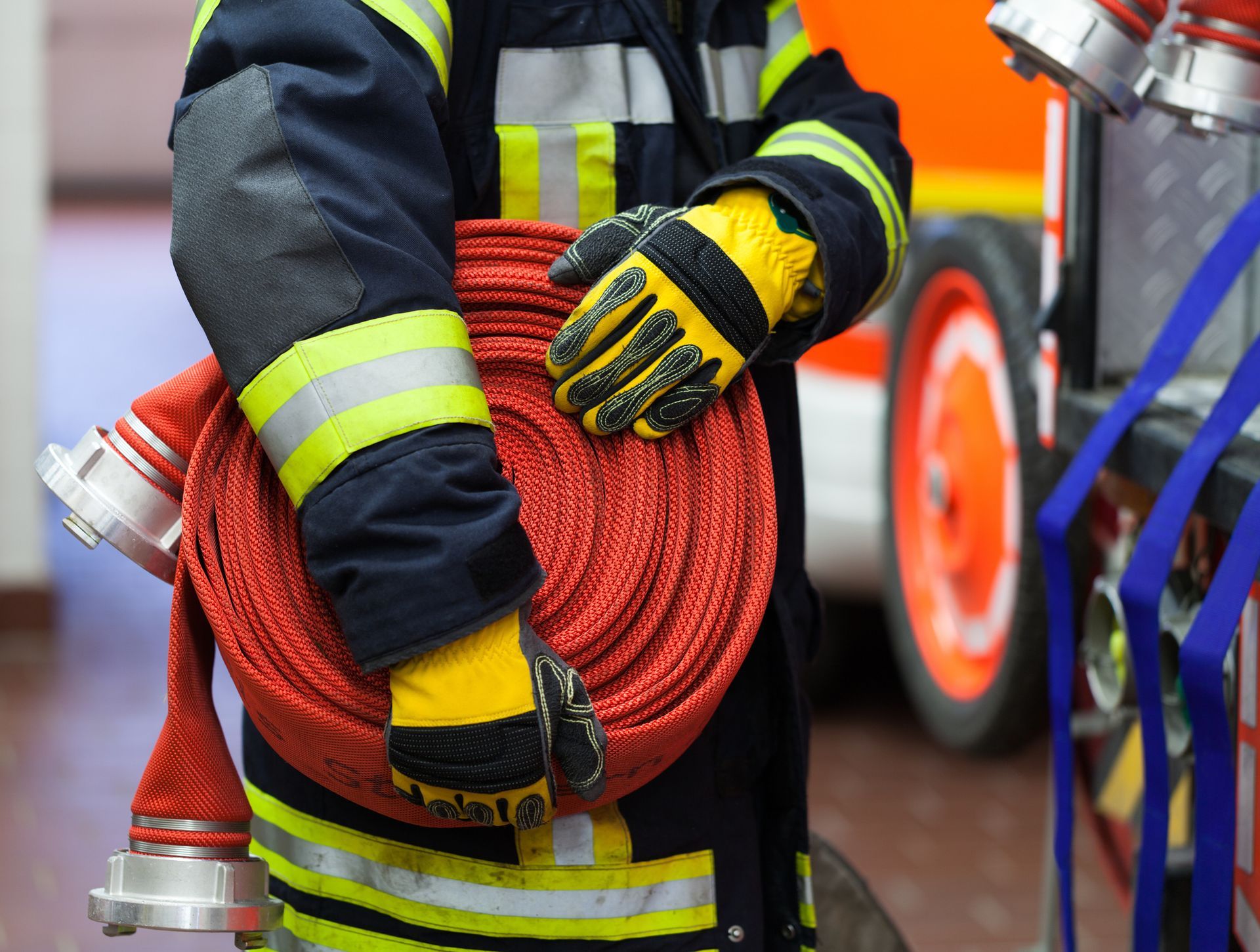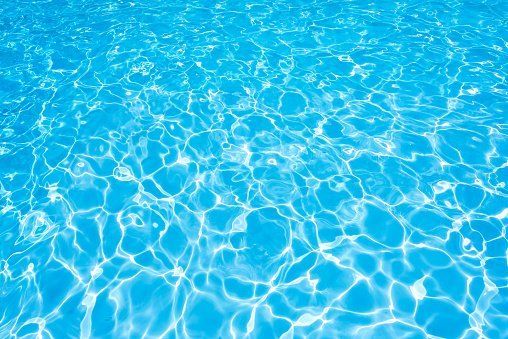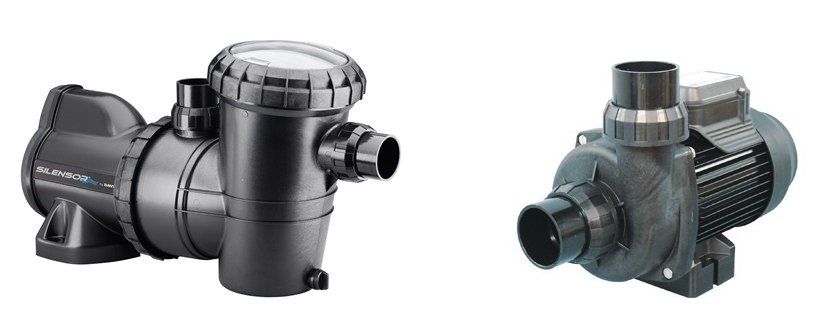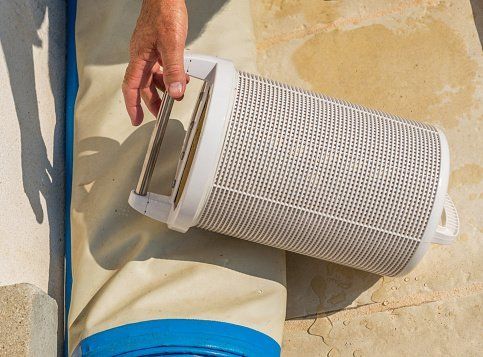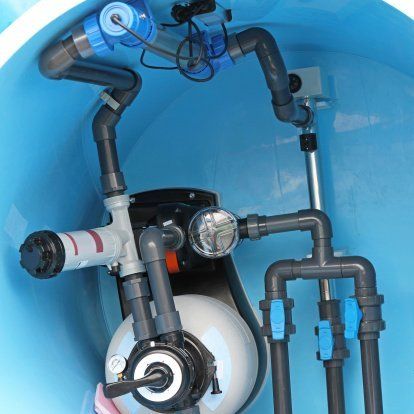5 Common Problems With Your Pool's Pump | Slater Pumps

The most important component of any pool is its pump. Without the pump, the pool would simply become stagnant, full of scum and entirely gross and unhygienic. When your pool's pump stops functioning correctly, you need to fix the problem before using the pool again. Luckily, usually the problem falls under one the following five categories.
1. Not Pumping Water
If you notice that your pool's pump doesn't pump or move any water, check the pump baskets first and ensure that the lint pot lid is airtight.. Then check the skimmer to make sure it's empty. Generally, over a period of time mud gathers there and restricts water flow.
After checking the pump baskets and skimmer, check the impeller motor shaft are free to rotate. leaves and other debris will clog or jam it. If neither of these tricks work, the suction line could have a small air leak.
2. Sucking Air
Though a pool pump’s purpose is to suck water, air has less mass. This means that air moves easier than water, so if the pump can suck air, it will. Small leaks in your pump’s system on the suction side will allow the pump to suck air instead of water and the pump performance will be significantly degraded.
Pump leaks are somewhat common, but they aren’t a big deal unless they’re given the opportunity to grow. Typically, leaks occur around the mechanical seal, (between pump and motor) or valves and fittings on suction side.
The easiest way to find pump mechanical seal leaks is to check under the pump for moisture, when pump is running. Seals usually leak trying to prime the pump and beginning to pump. Slater Pumps can solve this issue for you.
3. Leaking Water
If your pump leaks water, the leak will be evident on what’s know as the ‘pressure side’. There are a number of reasons your pump could leak water.
Leaks can occur due to shrunken threads or bad thread sealant, as well as bad O-rings in the impeller housing or faulty shaft seal. If it’s a seal or the O-ring, it’s probably best to replace every seal at the same time. If you go this route, the repair could cost less than buying them one at a time. Slater Pumps can solve this issue for you.
4. Loud Noise
There are typically two types of noises your pump could make. You may hear a rattling that makes it sound like your pump has rocks in it, or you might hear what sounds like high-pitched screaming.
If the noise is a rattling, the pump might be loudly vibrating on the surface the pump sits on. You can solve this problem with a rubber mat. Put the mat underneath the pump and see if the noise stops.
If that’s not it, the problem could be what’s called cavitation. Cavitation occurs when the pump can’t get enough water or when it is drawing air during the priming process. Getting rid of foreign matter and debris in the skimmer and suction strainer and any blockages in suction pipe could solve this issue.
A screaming noise, on the other hand, can indicate worn, corroded or old bearings. While new bearings are fairly inexpensive, installation labour can be rather intensive and you should probably leave it to a pumping professional. Slater Pumps can solve this issue for you.
5. Motor Not Working
If the motor simply doesn’t work, it’s probably an issue with the power. Check the power supply, voltage and electricity. If the pump has plenty of power, then the problem could be the capacitor. Listen to the motor to see if you can hear a humming sound.
On the other had, if the motor runs for a while and then turns off, it could indicate an overheating issue. The problem could also be, however, that the motor’s fan failed or a vent has become clogged by leaves, dirt and other debris. Clear the vents of any debris. You can also buy a motor cover to keep sunlight from heating it up too much. Air ventilation is always required.
The problem could also be, however, that the motor's fan failed or a vent became clogged by leaves, dirt and other debris. Clear the vents of any debris. You can also buy a motor cover to keep sunlight from heating it up too much.
If you’re still unable to pinpoint the problem or you’re not sure how to fix it, call a pump professional. They’ll be able to diagnose and repair the problem with relative ease.
To resolve motor or electrical issues it is imperative that the work is done by a qualified electrical professional for safety reasons. Slater Pumps can support these issues either infield or client carry into Workshops.
